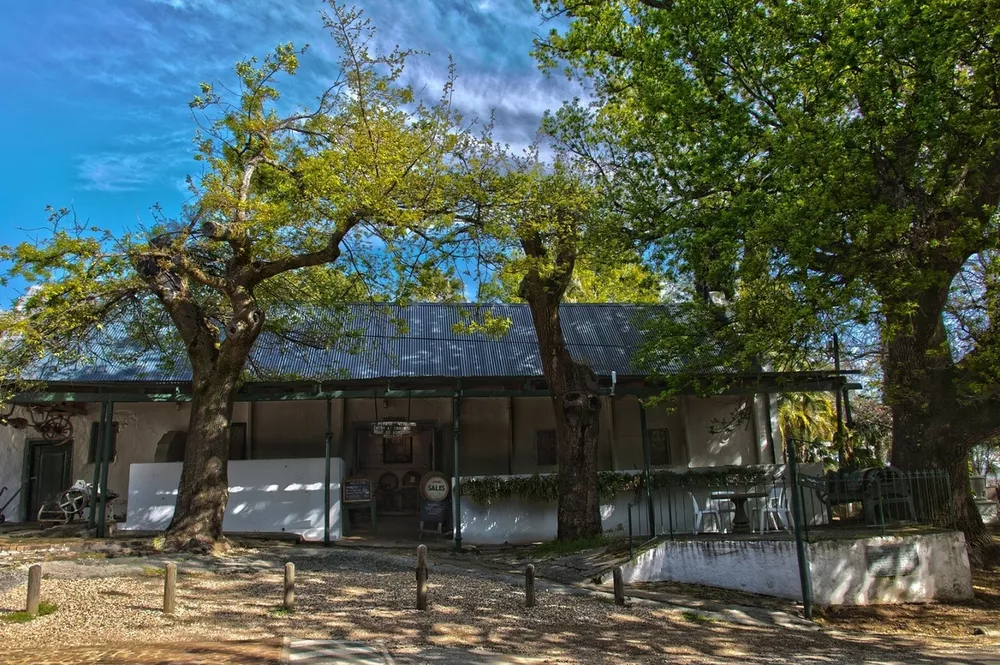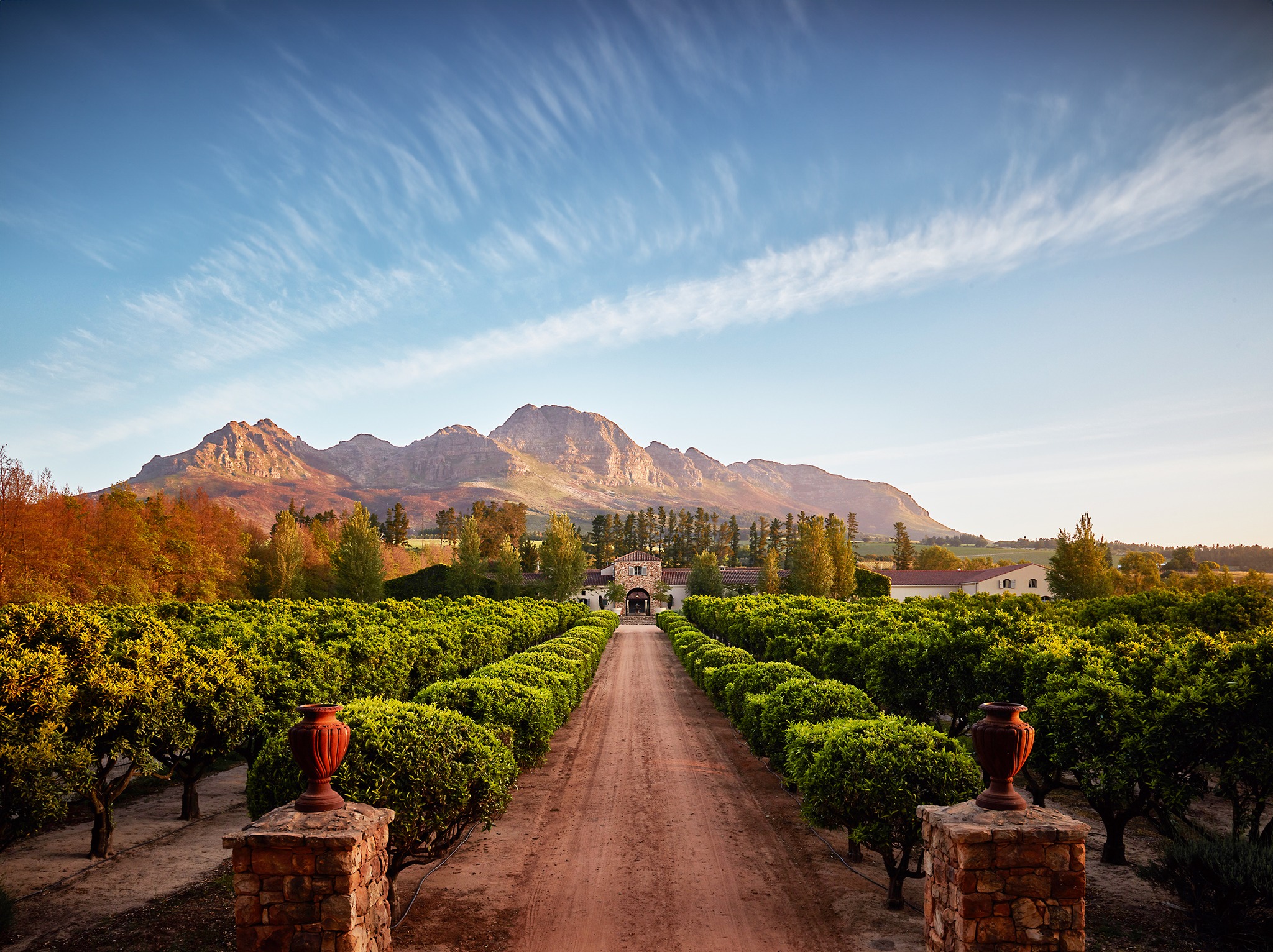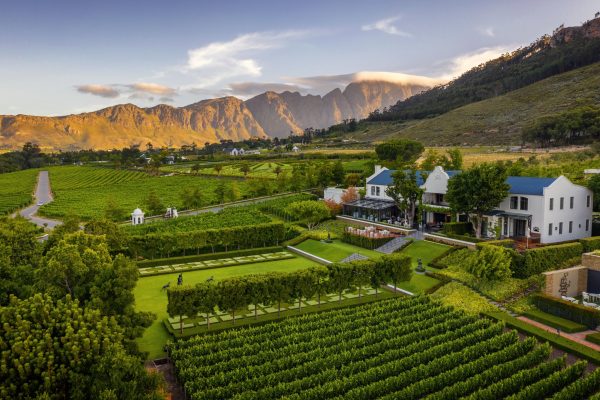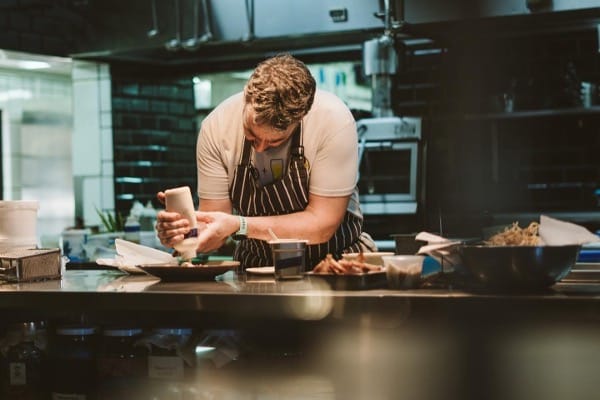Everywhere, the world is re-discovering The Beatles wisdom that “all you need is love, love is all you need”.
This transformation amid tragedy that sees us draw loved ones closer may even conceivably consign the traditional day or month of love to the history books.
Nonetheless, it’s worth reflecting on a few of the many wineland love stories because after all, wine will continue to be love’s most faithful companion.
You might remember that the Cape winelands was where Siya and Rachel Kolisi were married on August 13, 2016, at Molenvliet Wine and Guest Estate; and, where the world’s attention focused on the love affair between Elita Georgiades and former SA president FW de Klerk, who’d settled at Wildepaardejacht outside Paarl.
Also consider that most farms are run by couples, so there are many stories.
Some are preserved as part of the history of a place. Bellingham recounts the record of its founding in 1693 “when Hollander Gerrit Janz van Vuuren and his French Huguenot wife planted the first 1 000 vines on the estate”. After several owners, the farm had to be renovated when Bernard and Fredagh Podlashuk purchased the property. Among their many credits is the release of the Cape’s first rosé in 1949, “followed in quick succession by the Premier Grand Cru in 1951 and the first single varietal Shiraz in 1956”.
Spatz’s surprise
During the 80th anniversary celebrations of Delheim in 2019, Vera Sperling told how her union with her late husband, Michael “Spatz”, came to be. As owners of the Stellenbosch farm, the couple were of course responsible for many South African wine tourism firsts that, with Spatz’s unmistakable wines, gave rise to Delheim’s current stature.
Vera says she had known Spatz for just two weeks before he proposed. Their introduction however had come about more gradually – she’d been residing overseas but stayed with her father near Muratie during her studies.
At a party one night, everyone went for a swim in a dam. While everyone went in their underwear, Vera opted for skinny dipping. When they all finally emerged, her clothes had disappeared. Unfazed, she danced the rest of the night in a mosquito net. Soon after, the friendship with Spatz struck up.
It was at another such a party however, that Vera’s turn to be surprised would arrive. During the evening, Spatz suddenly gathered everyone and brought out champagne. He filled the glasses and promptly announced their engagement. Only later did he apologise for “forgetting to ask”.
Fortunately for him, marriage did indeed follow. A few years later, Spatz acquired land for Delheim in 1971 ideal for red wine plantings and named it in honour of Vera – Vera Cruz (she resided in Mexico for many years with her mother). The name is a play on words – The Cross which Vera carried for being married to him. The true translation is the True Cross.
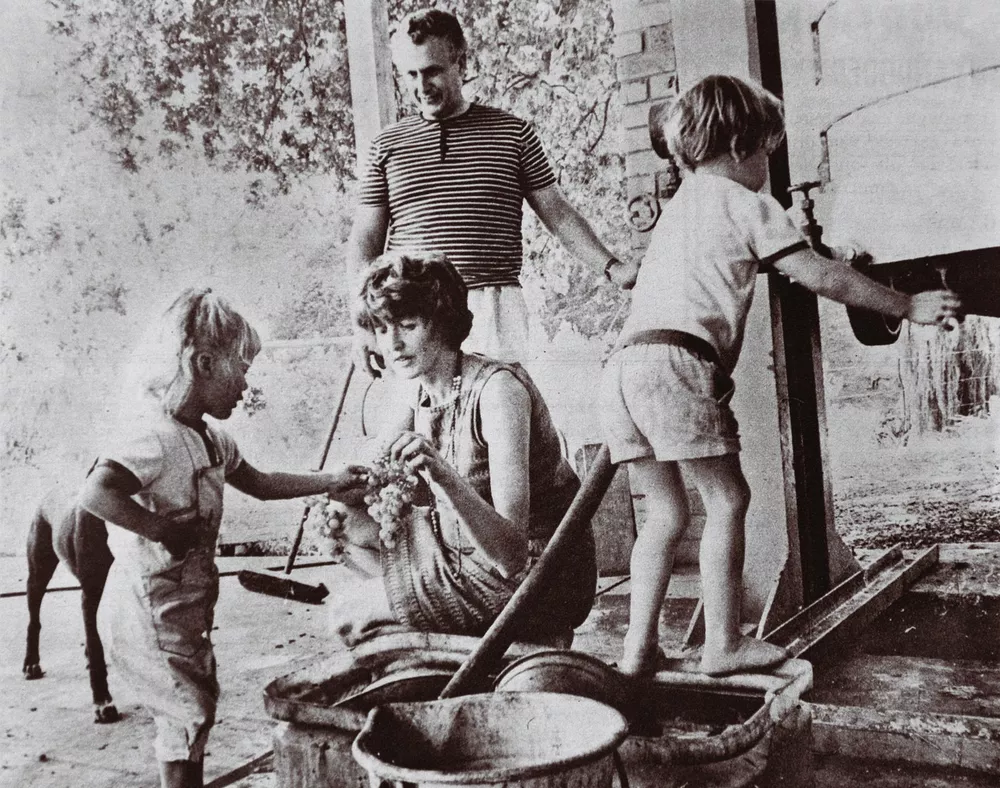
The farmhand and farmer’s daughter
One of the most wonderfully preserved winelands love stories is the one recorded by the first baronet who bought De Grendel, Sir David Graaff.
David’s father, Petrus “Nort” Norbertus Johannes Graaff, was a farmhand near Franschhoek in the mid-19th century. Neighbouring land was owned by Pieter Hendrik de Villiers, father to Anna Elizabeth – the Annie, with whom Nort fell in love.
The owner, however, did not take kindly to the young man’s interest and soon forbade the bywoner boy from returning. Still, Nort snuck in.
A love letter Nort had sent Annie was later discovered many years later by his son. Graaff had been admiring an heirloom armoire, and accidentally revealed a secret drawer. Amongst the contents was his father’s passionate written plea addressed to “Mijn Schat” (my darling).
In it, he presents Annie with a choice to run away with him or part ways.
How the letter ended up here remains a mystery, but the conclusion of the saga was that the couple eloped and were married. Upon their return, father-in-law De Villiers finally consented to the marriage.
His condition however was that male offspring get the name De Villiers as well. Hence the merger that would distinguish later generations.
A feisty woman from Lübeck
There can be few equivalent examples of persistence of love as Catharina of the Cape – founder of Steenberg farm and one of the few, if not only, female landowners of the period.
While Catharina’s story already appears elsewhere on this site, it’s the volume of spouses and her own resolve to keep at it that is astounding and indeed to some, quite suspicious.
Catharina hailed from Lübeck, Germany, but left for the Cape shortly after her wedding and the death of her husband. Once landed, she met one Hans Ras. On the day of their marriage, the groom was stabbed – the result of a dispute with a coachman. He survived and lived to father several children before his eventual demise, mauled by a lion. This was the 17th century.
The oft-told recounting of that incident has Catharina grabbing a gun, leaping onto a horse, chasing down the animal and ending its life too.
Husband number three didn’t last either and was murdered. Number four was trampled by an elephant. Catharina then took a fifth – a German and the last, whom she also went on to outlive.
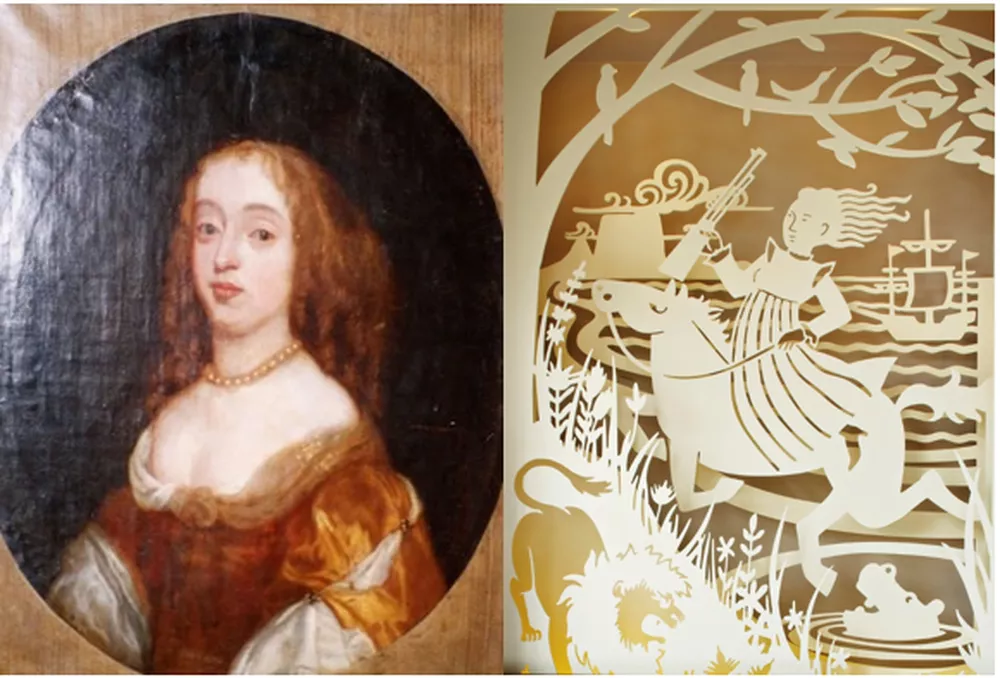
Tangled in love
The story of the Retief family’s “tangled tree” is as beautiful as the unusual, twisted form that grows beside the Van Loveren winery’s tasting room near Robertson.
Jean Retief, an avid gardener, ordered a ‘hardy’ tree from a nursery in the far-off province of what was then Natal. The year was 1941.
As the Tangled Tree wine website recounts, when the tree arrived by train at the Klaasvoogds station, local farmers remarked that it looked just like a Karee, which was quite common to the area.
Jean insisted her tiny sapling was a Rhus Lancea, not a Karee. Her husband Hennie went down to the Breede River, got a Karee and planted it next to Jean’s new acquisition. They turned out to be identical.
Over the years the trees intertwined and became a symbol of love and a life that Hennie and Jean shared side by side. It also inspired the eponymous wine range with its eco-friendly message, founded as a tribute to both love and nature.
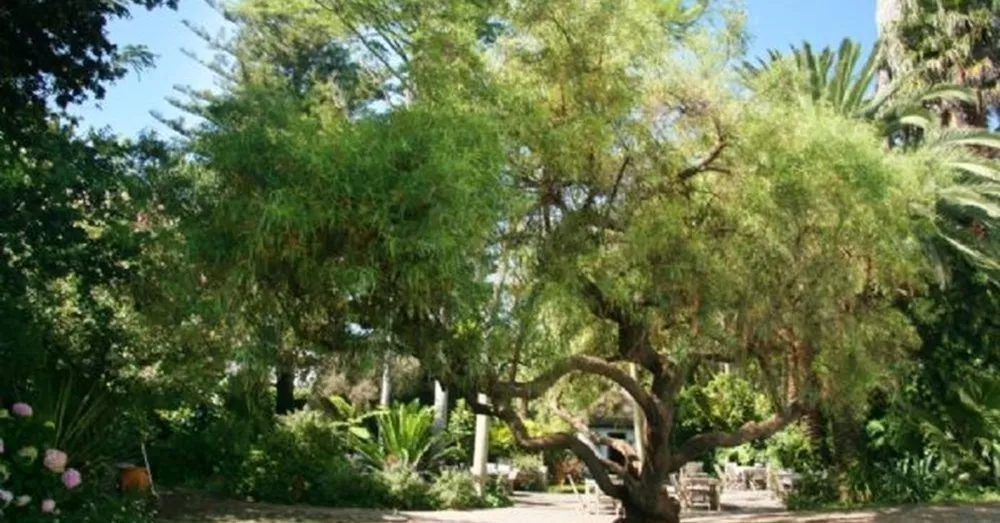
The oak-tree testament
It’s a tree that also memorialises a special relationship at Muratie, although this goes back to the Stellenbosch farm’s earliest days.
Laurens Campher was a young German soldier who started farming here in 1685. During these years, he made the acquaintance of Ansela van de Caab.
Ansela had been born into slavery at the Cape. Muratie’s record says her mother a slave from West Africa and her father most likely a servant of the Dutch East India Company. She lived at the notorious Slave Lodge and worked in the Company’s Garden until her release in 1695, when Campher brought her home to Muratie, along with their three children.
Beside the house where they lived, Ansela planted an oak that stands to this day. There’s great significance to Muratie: “the strength and beauty of the tree is testament to the steadfast love Lourens had for his Ansela.”
As with Tangled Tree, the story here too is captured in wine. Ansela van de Caab is a Bordeaux-style red blend; and, the Laurens Campher a white wine blend.
